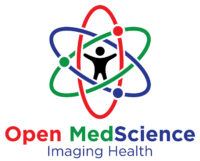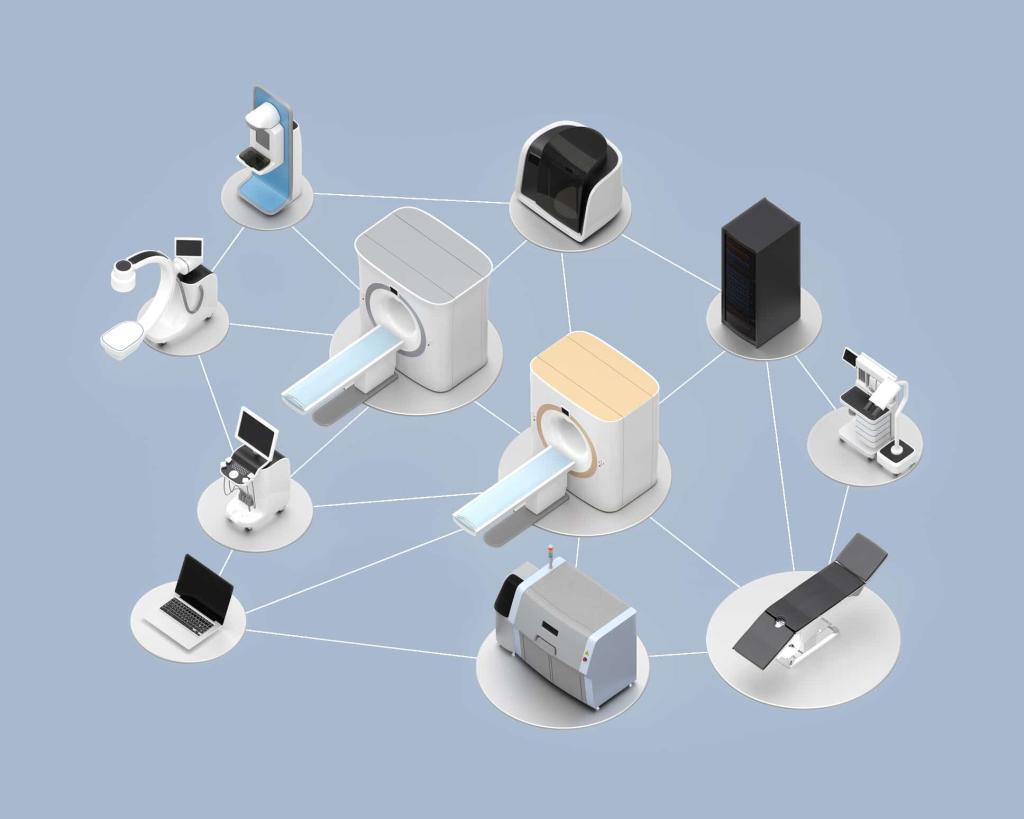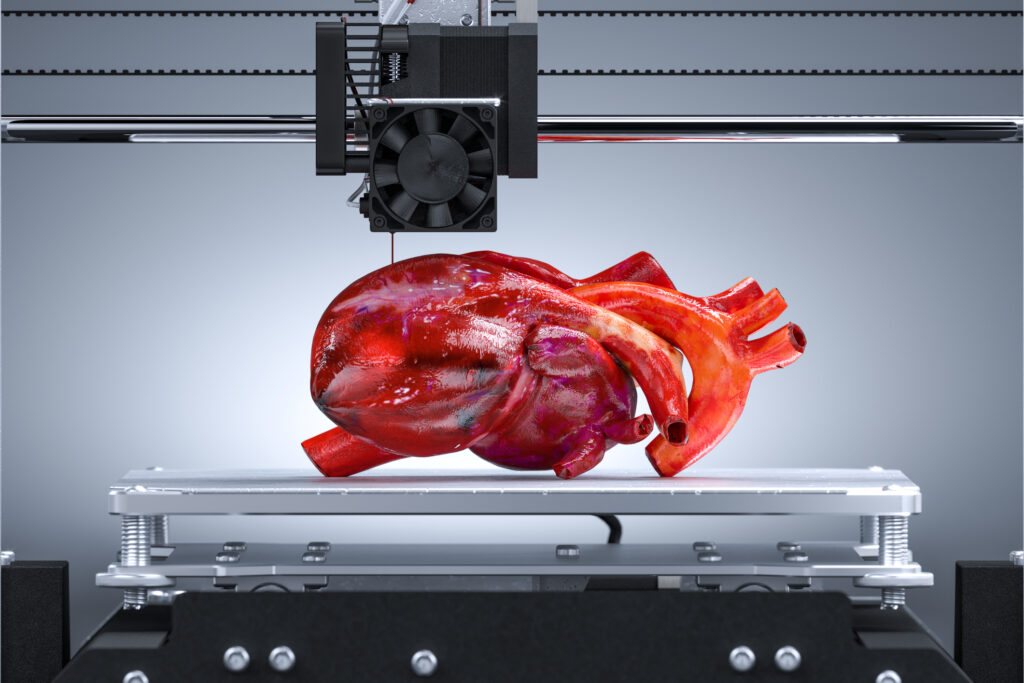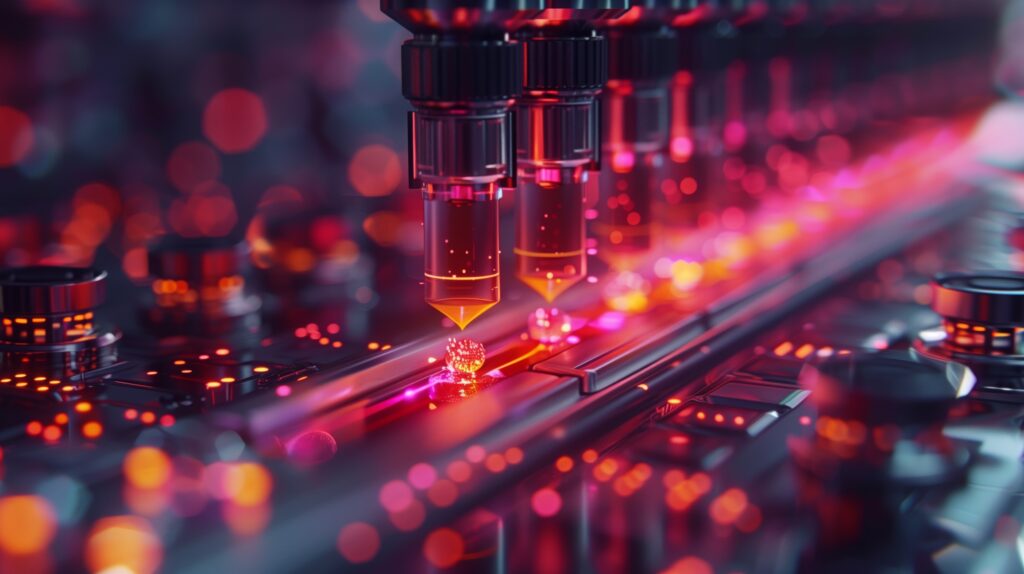Laboratories are no longer quiet rooms of glassware and notes; they are evolving into high-tech ecosystems where automation, precision, and traceability drive discovery.
The shift is visible across pharmaceuticals, food science, and cosmetics, where smarter tools are reshaping research and quality control. Companies like Quimivita, a laboratory equipment supplier, are central to this transformation, enabling scientists to work faster, safer, and with greater confidence in their results.
Automation — Speed and Reliability in Research
Automation has become the engine of today’s “smart lab.” Robotic arms, automated pipetting systems, and AI-driven workflows now handle repetitive tasks once prone to human error. This shift means researchers spend less time repeating manual processes and more time interpreting results.
In pharmaceuticals, high-throughput screening powered by automation accelerates drug discovery by testing thousands of compounds in days rather than months. In the food sector, rapid contamination detection systems powered by machine learning ensure safer supply chains and faster recalls when problems arise. For scientists, automation does more than save hours — it builds reliability into every stage of research.
Precision — Measuring What Matters
If automation sets the pace, precision ensures accuracy. In cosmetics, regulators demand clear evidence of safety before new formulations reach the market. In pharmaceuticals, exact dosage and formulation are critical, while in food, the smallest error in shelf-life testing can undermine consumer trust.
Instruments such as spectroscopy and chromatography remain vital, but the demand for ever-greater accuracy is leading to specialised devices. One example is Quimivita’s GBX water activity measuring equipment, used to determine stability and safety in food and cosmetic products. By offering this level of detail, precision tools make compliance and consumer protection inseparable from scientific progress.
Traceability — From Bench to Consumer
Traceability is the third pillar of the smart lab. Transparent records ensure that every sample, result, and process can be tracked from origin to outcome. Laboratory Information Management Systems (LIMS), blockchain-based records, and integrated sensor platforms are increasingly deployed to create secure, tamper-proof chains of evidence.
In highly regulated industries, traceability is more than a regulatory checkbox; it is a foundation for consumer trust. By adopting advanced monitoring systems, suppliers like Quimivita help labs maintain data integrity and demonstrate accountability, ensuring that products meet both scientific and ethical standards.
Industry Applications — Food, Pharma, Cosmetics
Smart lab equipment is not a hypothetical. It’s a reality with real-world applications in virtually every industry. In the world of food science, labs can now monitor produce for freshness and stability before it ever reaches the grocery store. In pharmaceuticals, researchers can use digital tools to ensure the integrity of their clinical research, protecting patients and investors alike. And beauty companies can leverage labs to verify purity and promote their clean and transparent formulas amid increasing demand.
What all of this technology has in common is that it connects the research phase with the consumer. While smart lab technology promises to make workflows faster, it will also enhance consumer health and safety, enabling researchers to create products that people can use every day.
Mapping The Lab of the Future
The lab of tomorrow isn’t going to look like the labs of today. Sustainable lab disposables, AI-driven science modelling, long-distance monitoring capabilities, and even digital twins of physical laboratories are already on the market, or under development. All suggest a new kind of adaptable, data-centred space that can help solve the problems of the coming century, from climate change to global health crises.
Quimivita’s dedication to progress makes clear how suppliers play a hands-on role in that future. By investing in new tools and techniques for labs, suppliers can help labs make the transition from rigid sites of manual labour to flexible centres of discovery, where efficiency and ethics aren’t opposed, but instead work fruitfully in concert.
Final Thoughts
Innovation doesn’t begin at the point of discovery — it begins with the tools that enable the discovery. As labs get smarter and benefit from the ripple effect, the wisdom of the proposition is profound. The agenda isn’t just about refining experiments; it’s about being of service by powering trusted, safe progress in the broader world far beyond the four walls of the lab.
Disclaimer
The views and opinions expressed in this article are those of the author and do not necessarily reflect the position of Open MedScience. References to specific companies, products, or technologies, including Quimivita, are provided for informational purposes only and do not constitute endorsement or promotion. Readers are encouraged to conduct their own research before making decisions based on the information presented. Open MedScience accepts no responsibility for any loss or damage resulting from the use of this content.
You are here: home » diagnostic medical imaging blog »



